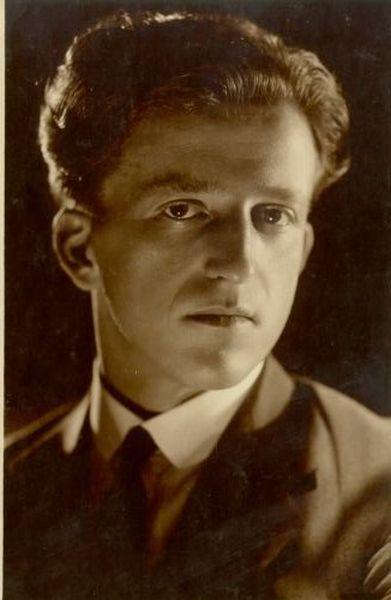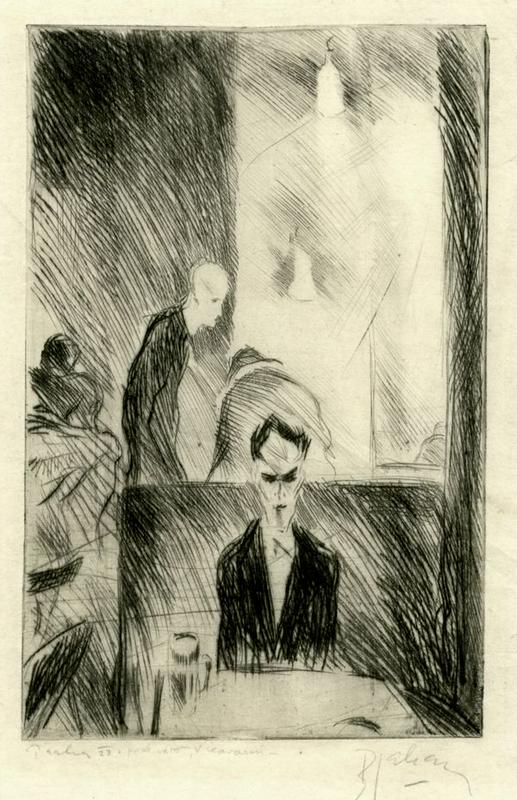

Jakac set out on his American journey just before he turned 30. After a brief stint as a newspaper illustrator, he was becoming increase recognized for his paintings. He decided to spend his newly earned money on several international trips; he traveled extensively from Norway to Tunisia, but it was his two-year stay in the United States that left the deepest impact.
Jakac’s tour of North America was unusually comprehensive. He visited the large industrial cities of the East Coast and the Midwest, where he frequently met with members of the still-thriving Slovenian-American communities. He then traveled westward, where he was especially impressed with the scenic landscapes of the Southwestern deserts. This was followed by a long stay in California, where Jakac explored everything from Hollywood to the canneries of Monterey.
Jakac saw the United States as the land of the future and was not altogether pleased with what he encountered. In his journal, he was sharply critical of what he saw as depersonalizing technology. He missed Europe’s traditional landscapes, and found the American people friendly but superficial. He was also critical of America’s artistic output, perceiving much of it as pale copies of European art. He was, however, thrilled by the majesty of modern skylines and was enchanted by the otherworldly beauty of the American West. He was surprised that he was treated like a celebrity when he attended a movie premiere in Hollywood.
Throughout his travels, Jakac kept a journal, made sketches, and took photographs. His photos captured everything from the gritty urbanism of New York to the red rocks of Arizona. His works are now considered a valuable record the U.S. at the beginning of the Great Depression as it appeared to Slovenian eyes.
He returned to Slovenia in 1931 and soon published a book titled Reflections of Red Earth, which introduced many Slovenian readers to the United States. Critics noticed that his American journey helped to make Jakac a more mature painter. Ultimately, his cosmopolitan outlook helped to make his one of Slovenia’ all-time greats, as an artist, a promoter of art, and the dean of the newly founded Academy of Fine Arts in Ljubljana after World War II.


































































